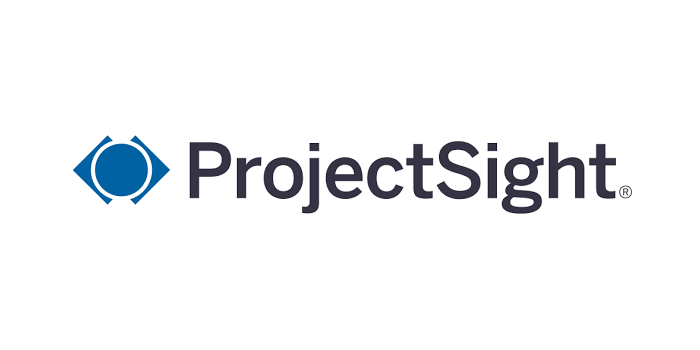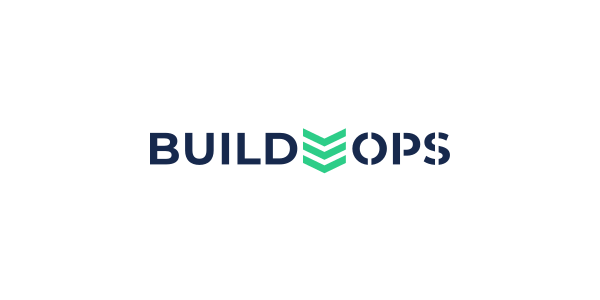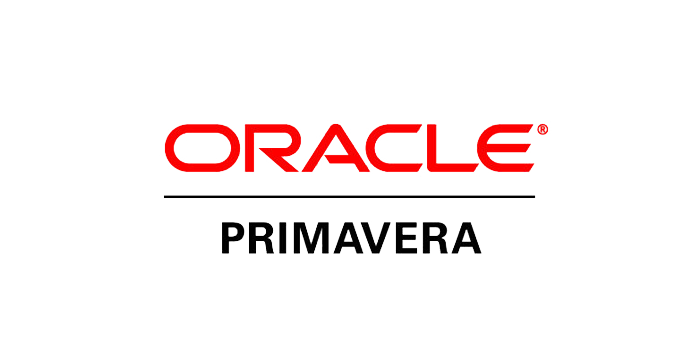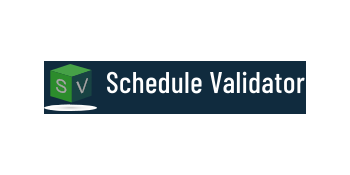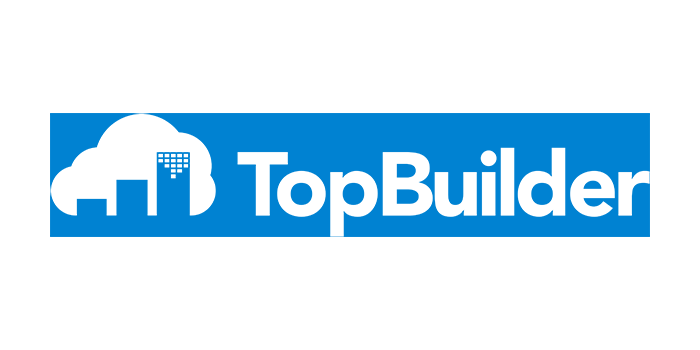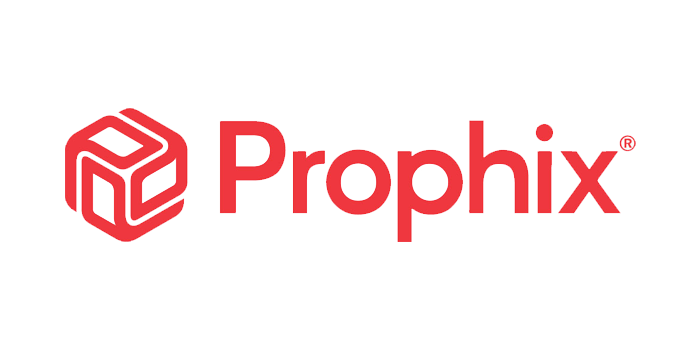The current political environment facing federal agencies is one of extreme uncertainty. The economic recession is still dragging on the economy, continuing to push the question of recession or depression. As has become the norm, Congress is locked in a bipartisan battle over taxes and spending cuts, leaving agencies stuck in limbo as legislators try to pass a federal budget. This disagreement has recently reached new intensity, resulting in 1.2 million dollars in federal cuts spread across ten years, commonly referred to as the Sequester. These economic woes have made it increasingly likely that when the next round of budgets are due federal government agencies will be under tremendous scrutiny to ensure that scarce tax dollars are spent wisely. This pressure is transferred directly unto the Project Management Office (PMO), which is responsible for monitoring and administering increasingly complex, mission critical, government IT projects.
Federal agencies are experiencing a set of constantly moving priorities, changing technology, tougher regulations, greater intra-agency dispersion and a drive to become more agile. One challenging trend facing many agencies is the need to comply with an ever-mounting pile of regulatory initiatives; organizations must balance the most cost effective process while complying with all regulations.
In order to respond to these pressures, the PMO world also needs to change how they view planning, execution and control of projects. This approach involves a new concept, called Project Intelligence (PI). PI is an innovation on the standard use of project management practices comprised of an overall encompassing view to plan, execute and monitor projects. PI uses Business Intelligence methods to leverage historical project data to make more informed decisions and greatly enhance project execution
Challenges in Every Day Projects
“Technology is challenging as long as it is within one group or department, but it gets complex when more people or groups get involved”
In the current Federal environment, the challenges to successfully completing a complex project on time, on budget, and in scope, are becoming increasingly difficult. There is more public scrutiny on project cost control with scarcer tax dollars. To make matters worse, in times of fiscal uncertainty, the PMO lacks resources and proper tools to successfully complete their jobs. By establishing a firm set of project management processes, PMOs are forcing IT project managers to abandon previous ad-hoc oversight approaches they've been using for years. This is not a welcome change for IT project managers, as Duggal explains, "You're changing their religion; you're taking away their freedom [to choose]” (Hoffman, T.2005).
The predominate challenge to PMO effectiveness is that most organizations fail to apply a strict set of rules on what projects should be given the scarce resources of the PMO. Without these rules, false expectations are created and the PMO, and ultimately the entire organization, is set up for failure. The project planning, execution, and closing stages are increasingly compressed in order to reduce time spent managing and advance timelines.
The second major PMO challenge is that projects have become more complex and need to be handled differently. In a recent Performance Management Institute (PMI) study of program management in the U.S. Federal Government (PMI, June 2010), program managers told PMI that they are now engaging a broader base of stakeholders and doing so on a more frequent basis. These stakeholders are demanding innovative solutions to complex issues, but they do not want to compromise on program timelines and budgets. One agency reported that in a recent two-year timeframe their number of projects increased ten-fold and that the budgets of some these projects increased from $50 million to $5 billion. To emphasize the point that federal projects are becoming more complex, 76% of the programs evaluated from the PMI study were self-rated as “above average” in terms of complexity and 84% were considered “mission critical” (PMI, June 2010).
The Rise of Project Intelligence
In today’s environment, the project manager (PM) attempts to plan and forecast the possible phases in the coming execution cycle. The PM uses tools that are quantitative and qualitative in nature but struggles to forecast what lies in the future. The underlying deficiencies in most forecasting approaches are that 1) the PM fails in most instances to leverage historical data and 2) the PM doesn’t employ current Business Intelligence tools. PI combines common mining and modeling tools used in Business Intelligence for complex projects with the understanding of Emotional Intelligence for managing people in complex projects.
As an organization begins implementing PI, it is essential to provide reporting and data collection needed to support the process. This involves the implementation of a BI tool and supporting metrics that will allow the PMO to track performance of the portfolio. Oracle Primavera seamlessly combines data storage, report creation and document sharing in one software. In real time project managers are able to generate reports, share and edit with team members and stakeholders.
Business Intelligence and PI
The goal of BI is to improve decision-making, yet those most familiar with BI are typically IT specialists rather than business owners. Although most agencies already have an Enterprise Resource Planning system and database, the most costly building blocks of the BI stack, many find it difficult to invest more in BI. Partly because although there may be some efficiency gains, much of the payoff from BI may have less to do with cutting costs and more to do with mitigating risk and creating value.
Agencies benefit from BI because it releases many management accountants from the budgeting and reporting cycle, allowing them to spend more time in support of strategy and decision-making. However, even if an agency Chief Information Officer can persuade a firm to invest in BI, the benefits it offers cannot be delivered without engaging the entire organization to use it. The key to achieving a BI project’s objectives is to ensure that the mangers who can deliver the project’s benefit are engaged in the investment decision.
People and PI
“Project management is very easy…it gets messed up when you involve people and organizations, that’s where the complexity comes in”
In a recent PMI study, program managers from a wide variety of government agencies shared their insights on “success factors” and best practices in the effectiveness of Project Management (PMI, June 2010). In a variety of agencies, the study uncovered pockets of excellence in program management which lead to efficacious outcomes. PMI found that those responsible for successful programs have built upon a foundation of technical expertise by adding on more intangible success factors such as: a culture of communication, agility, superior stakeholder engagement, and active executive support. These best practices are easily accessible to any agency with Oracle Primavera solutions which make project management materials accessible to all members of the process including team members and stakeholders alike.
These success factors touch on several of the pillars of social and emotional intelligence: self-awareness, social – awareness, self- management, and relationship management. According to the Hay Group Emotional and Social Intelligence is defined as “the capacity for recognizing our own feelings and those of others, for motivating ourselves, and for managing emotions effectively in ourselves and in others.” Those with strong Social and Emotional Intelligence competencies are good at self-assessing which leads to a better understanding of one’s role in a team, including personal weaknesses, and intuitive sensing of the social undercurrents of a group. Emotional and Social Intelligence addresses the unpredictable human factor that often de-rails projects. By acknowledging individual weaknesses, individuals are better able to work as a unit resulting in better implementation of tools and increased program success.
The PMI study started with a potential paradox, “How do you deliver increasingly complex programs sooner, cheaper, and better than ever before?” (PMI, June 2010) This impossible contradiction was successfully rebuffed by pockets of highly skilled program management offices throughout the U.S. Federal Government.
These intangible success factors – people, processes, and tools – in the PMI Study are at the core of the PI model. These success factors can only be implemented through the people of an agency using Oracle Primavera.
If a project follows the previously mentioned steps of integrating a robust BI tool that has participation at all levels, and then combines that with skilled individuals and standardized project the tools and resources of a successful PI plan are at hand. However, these two pieces lose momentum without adequate communication, the next step in the PI process.


